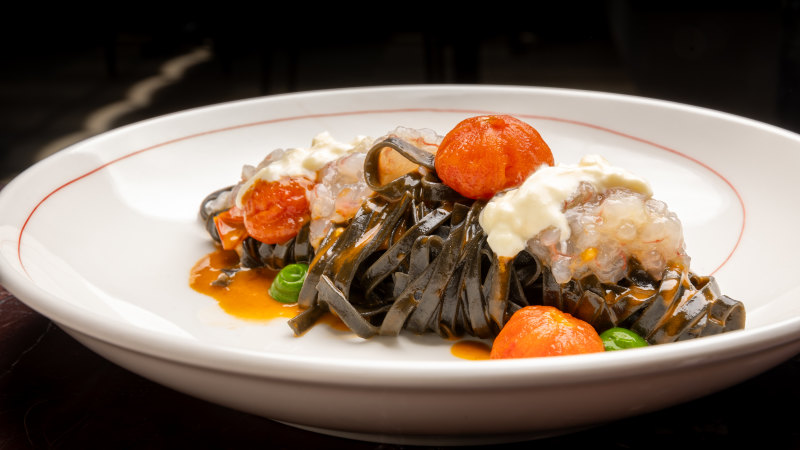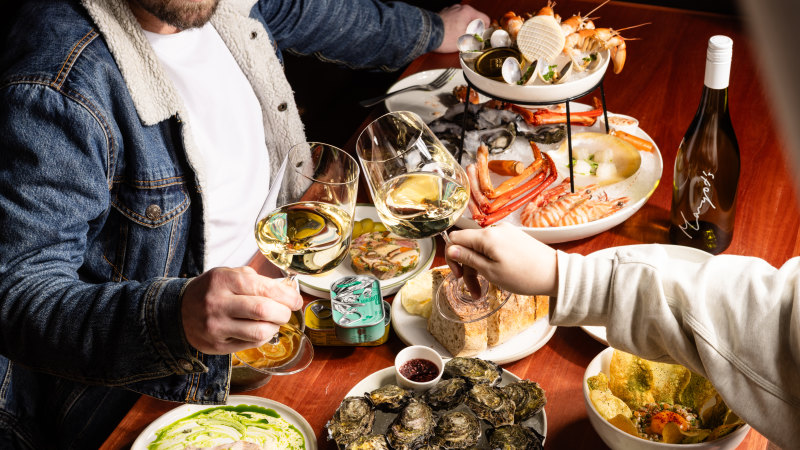When you drink cider on a local apple farm, what you see hanging on the trees is what you get. It is cider made from apples and nothing else. Apples are picked at Donovan Orchards Estate Ciders and made into fresh cider on premises.
Here’s how it works. Apples are pushed out onto a machine that sprays them with water. (It looks like a reverse waterslide.
) The clean apples climb upward, like they’re seated on a roller coaster, until they reach the top. At this point, they are pulverized and sucked up by a plastic hose looking more like mashed potatoes than apples. The apple mush is poured onto cloth-wrapped trays and stacked for the press, where the mush is squeezed for juice, leaving the pulpy remnants in the cloth.
The cider is then pasteurized with UV light to kill any bacteria and packaged for customers. Apples await the process of cider pressing in a rack and cloth press at Becker Farms. This kind of cider – the only-apples type – is tart, sweet and fresh, but doesn’t have a long shelf life.
It’s at its best when you visit the farm, or within a few days of purchasing a gallon. Hard cider is a different story, or more like a sequel to the original story. It picks up where traditional cider, or sweet cider, as the growers call it, left off.
Yeast ferments the cider, converting sugar to alcohol. It’s been around for at least 2,000 years, and Becker Farms co-owner Melinda Vizcarra said her family has been making hard cider since they started growing apples 130 y.

















